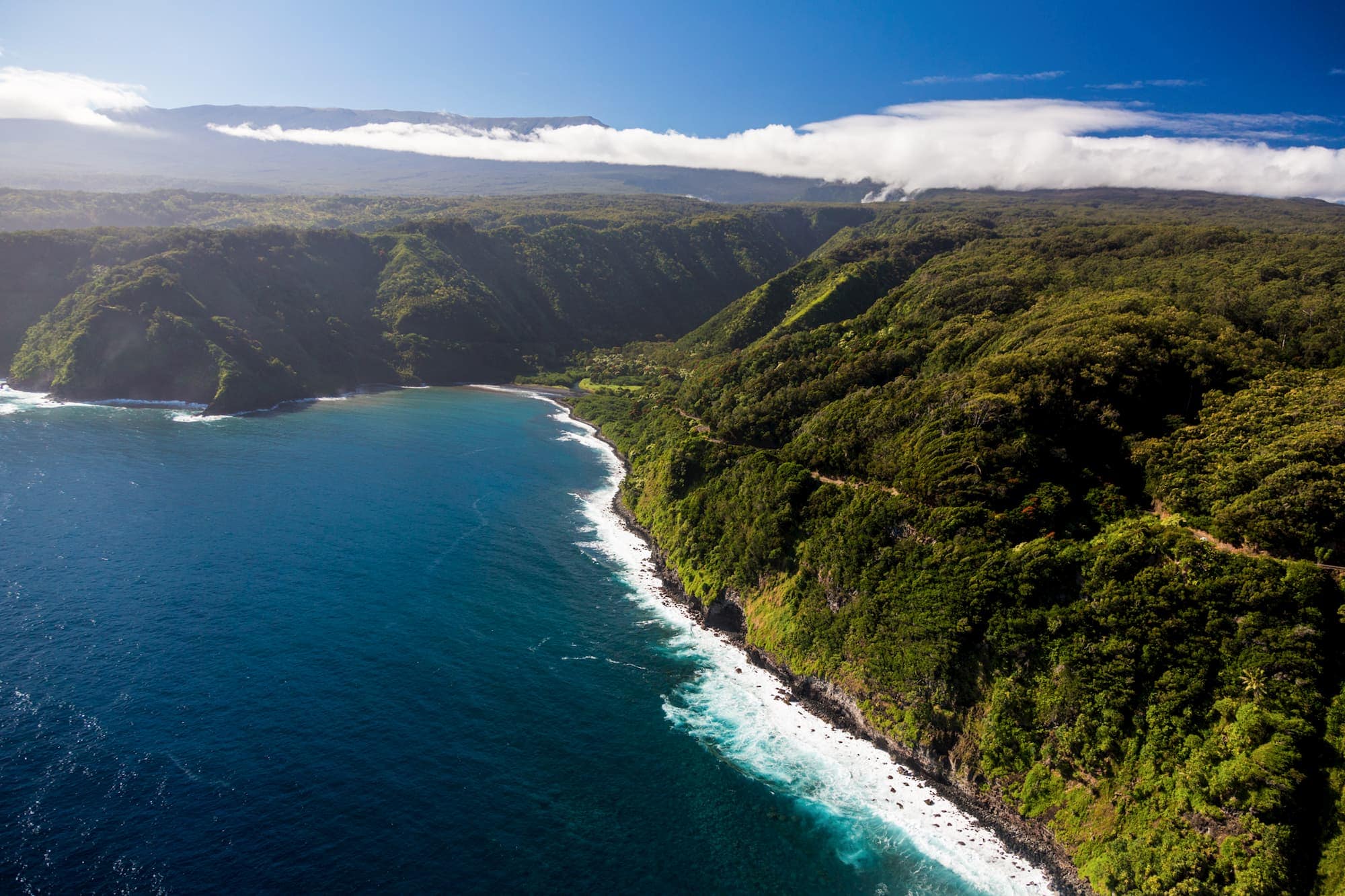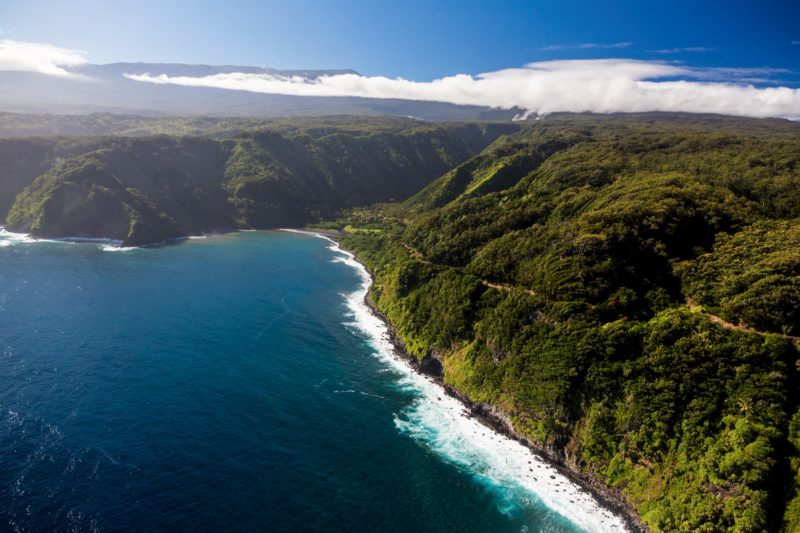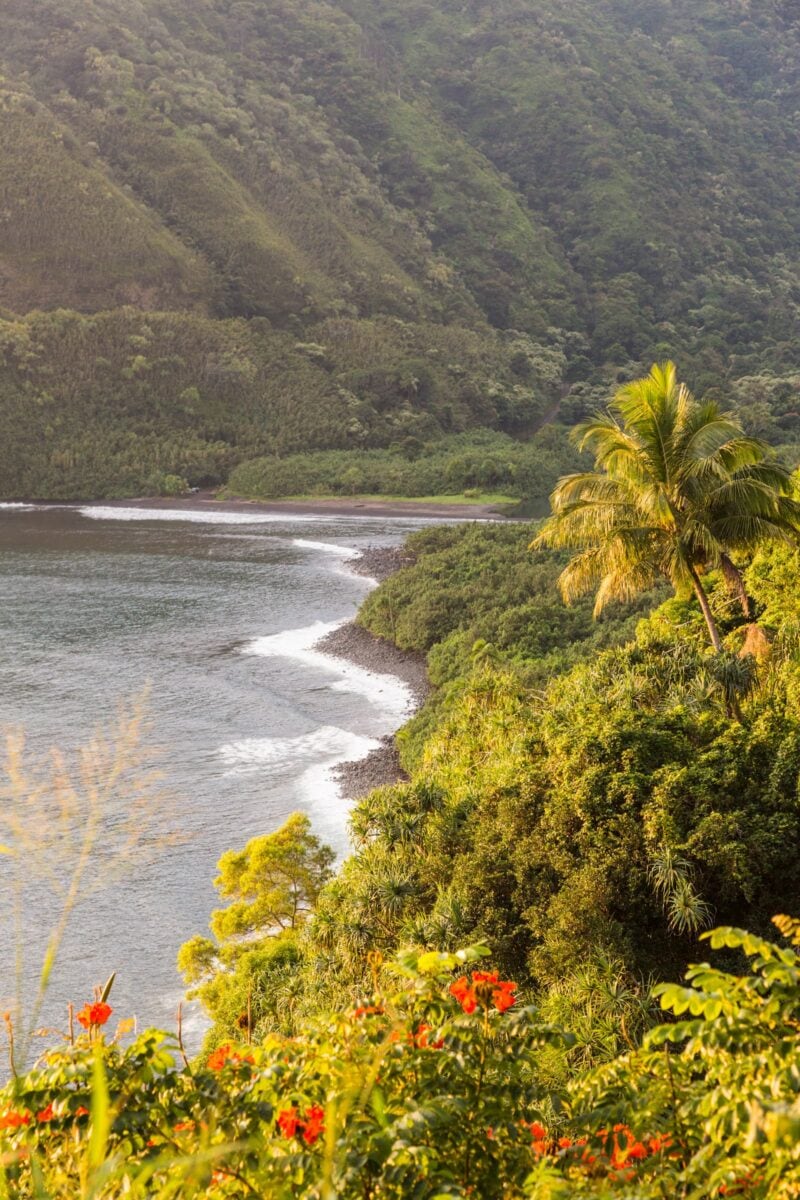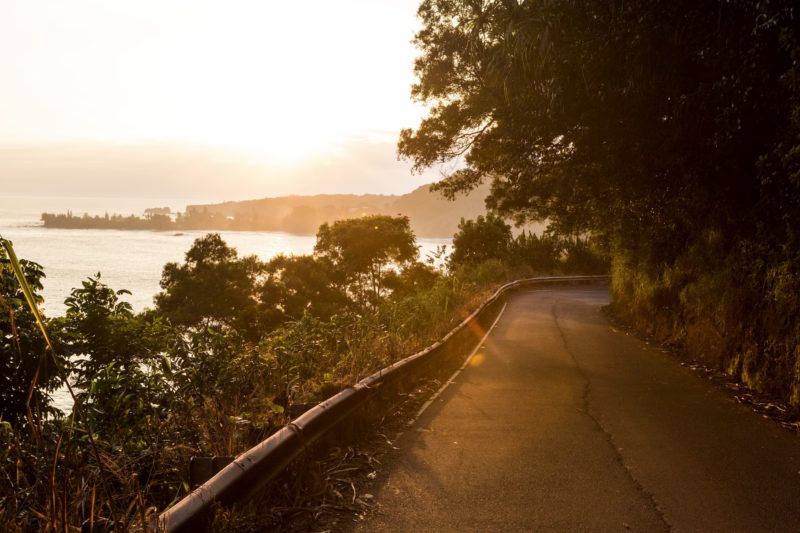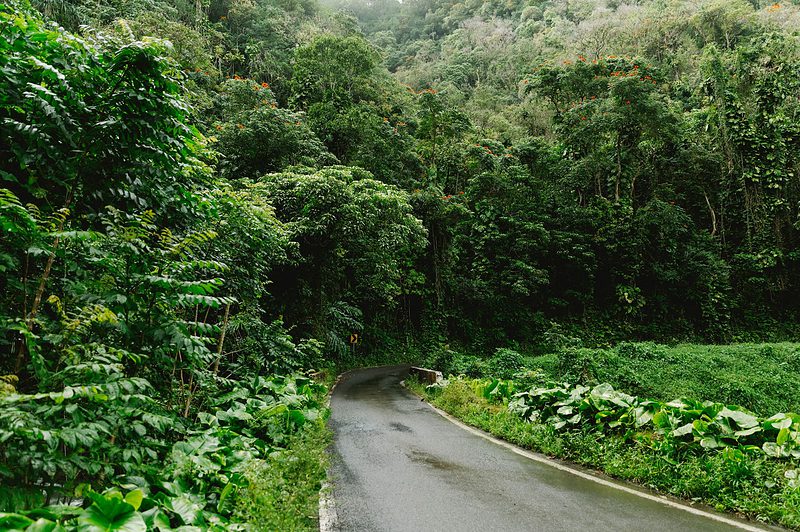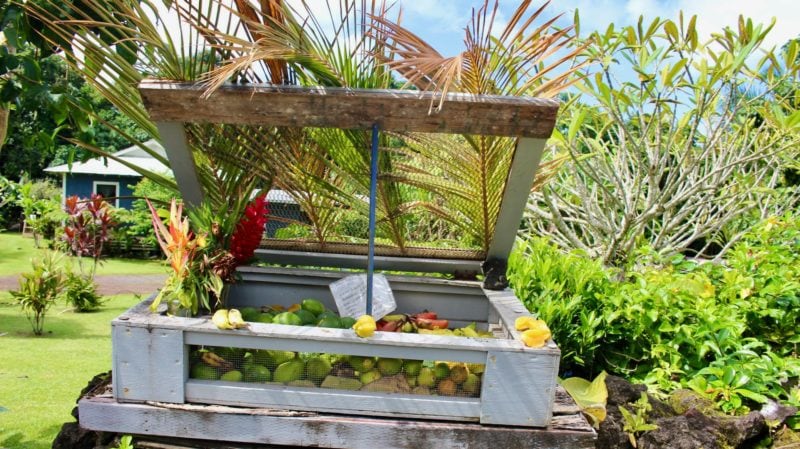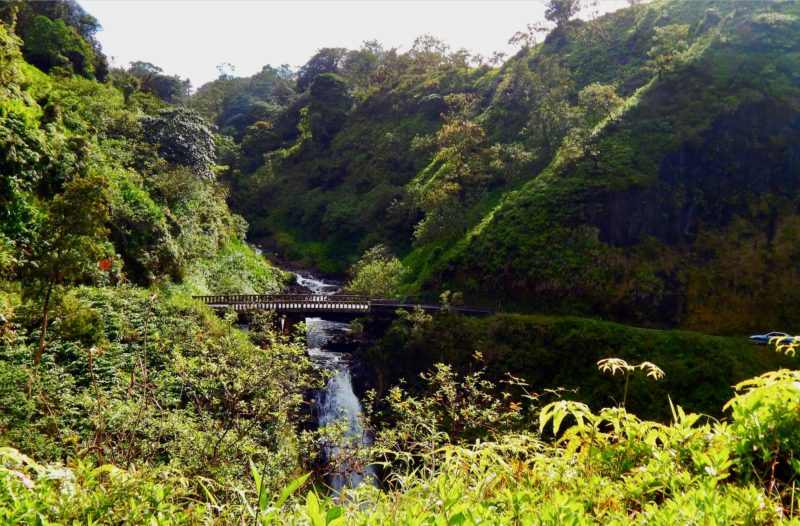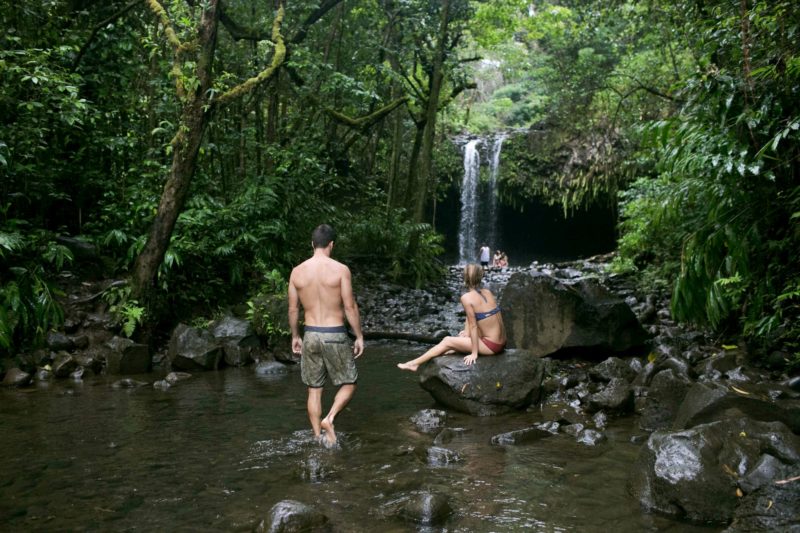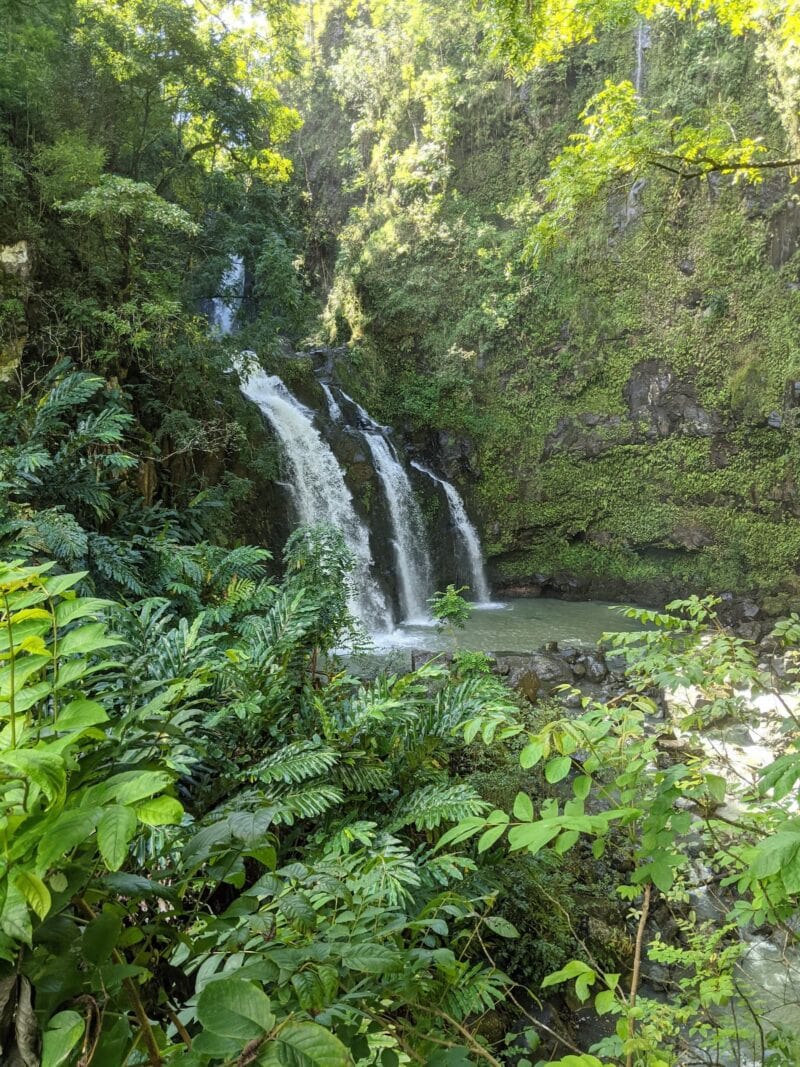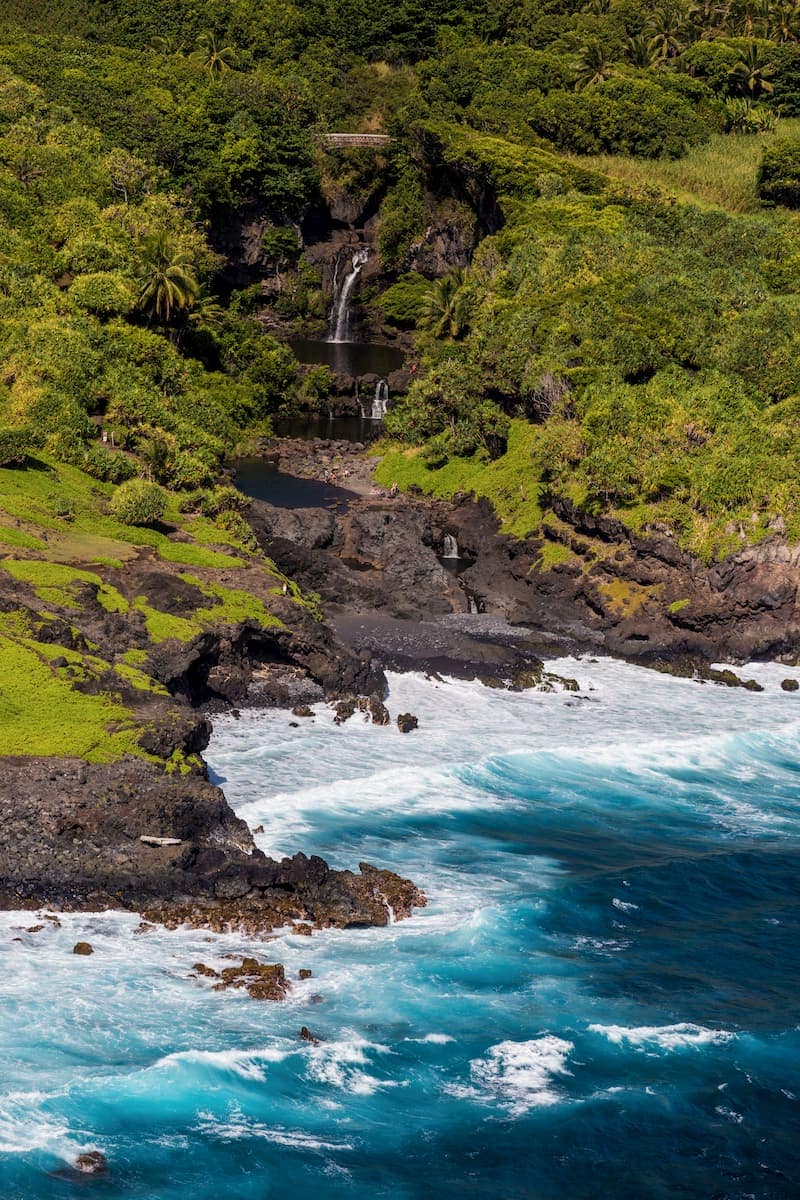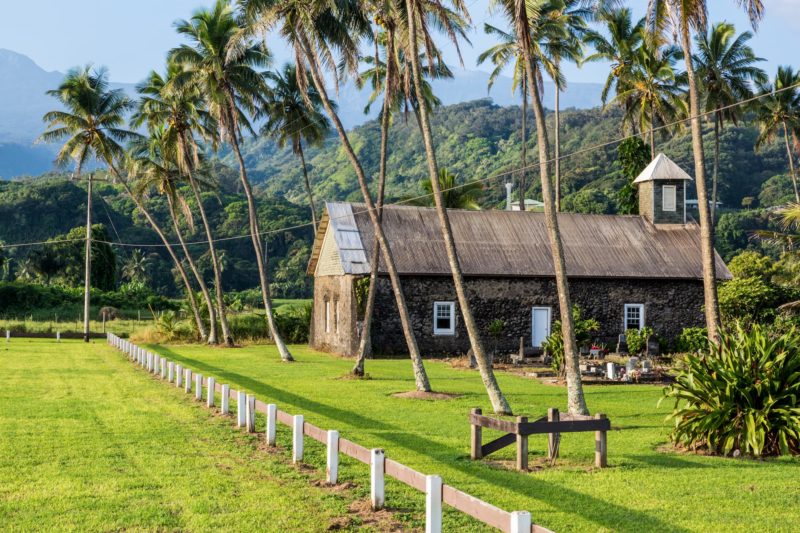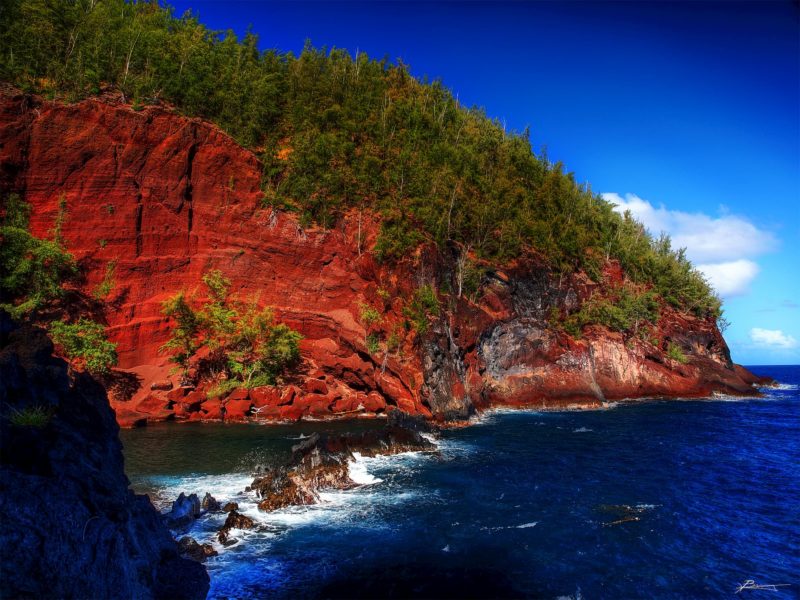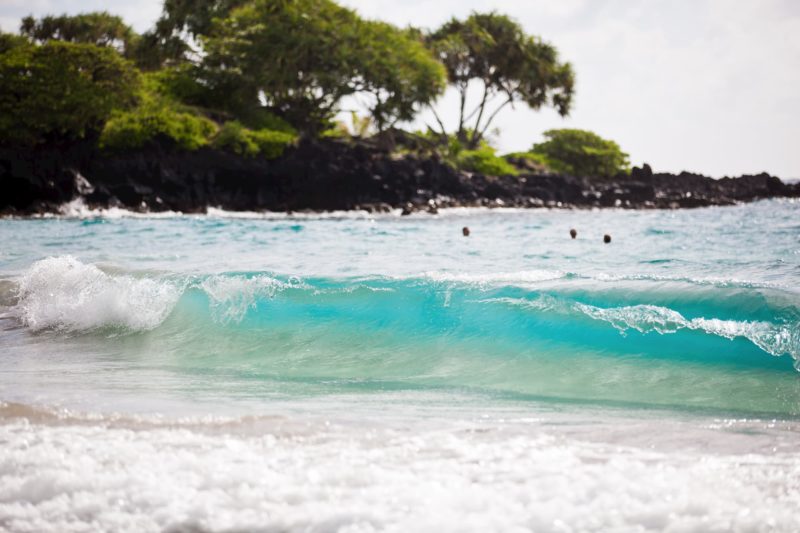The Road to Hana is one of the most talked about scenic drives in all of Hawaiʻi, and a big reason why people choose to visit Maui. Loaded with viewpoints and various points of interest, it’s the most popular way to explore the island’s eastern side, which is lightly populated and full of tropical rainforests, waterfalls, hiking trails, and panoramic ocean views.
Below, you’ll find everything you need to optimize your experience on the Road to Hana.
Table of contents
- Know before you go
- Popular stops and sights
- Lesser visited points of interest
- Things to do in Hana
- Tips for finding Road to Hana tours
Table of Contents
- Know before you go
- Popular stops and sights
- Lesser visited points of interest
- Things to do in Hana
- Tips for finding Road to Hana tours
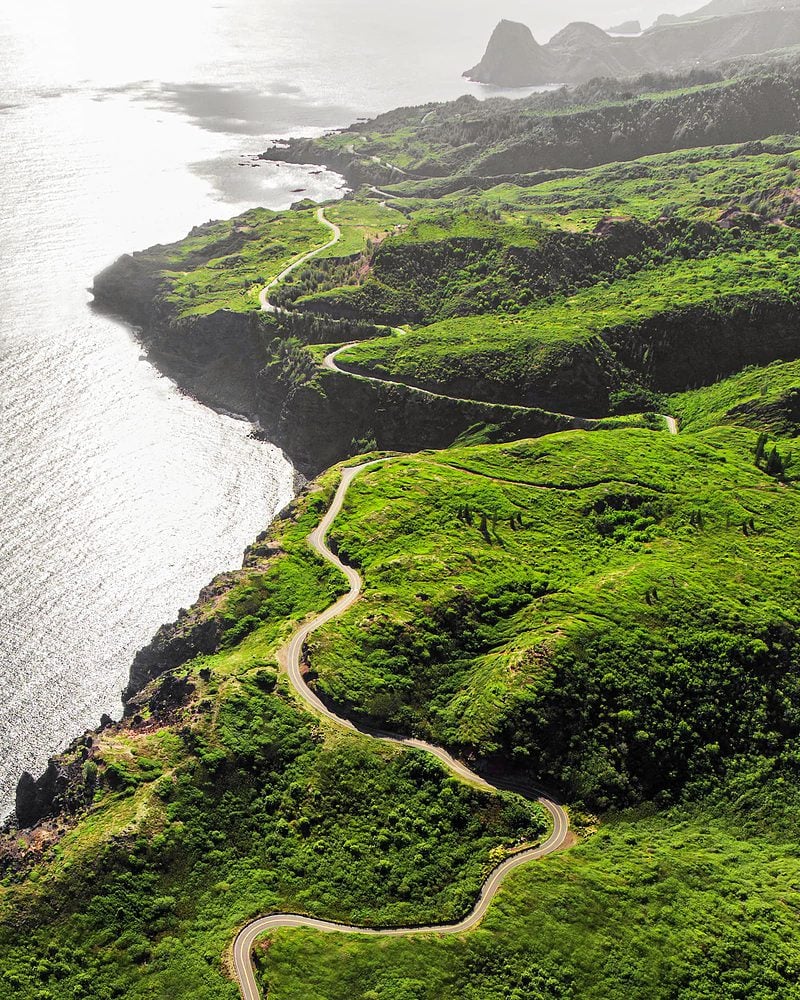
The Road to Hana is a supremely scenic 64.4-mile-long stretch of Hawaii Routes 36 and 360 which connects Kahului to the town of Hana in east Maui. Image: Hawaii Tourism Authority (HTA) / Tommy Lundberg.
More scenic drives on Maui
The Hana Highway is but one of several scenic drives worth taking on Maui – both for the drive itself as well as the destinations they lead to, such as a remote town or the summit of a tall volcano. You can read about all 4 of them (the Road to Hana, the Haleakalā summit via the Haleakalā highway, Kahekili Highway, and Upcountry Maui) in our resource on road tripping in Maui.
